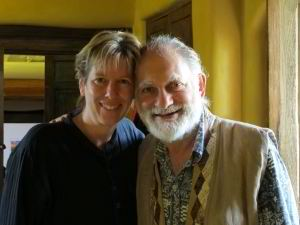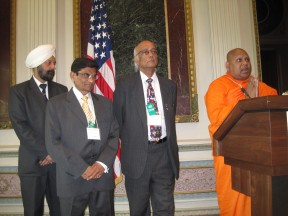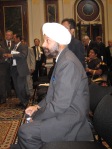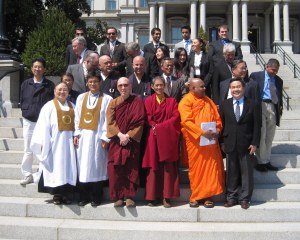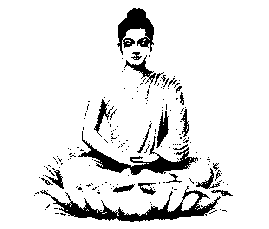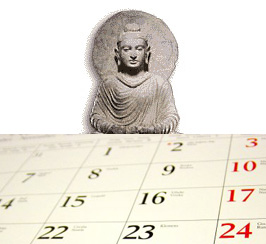Originally posted by Shambhala Sun.
Lief’s distinguished career as a nonprofit CEO
Boulder,
Colorado’s Naropa University, the contemplative university that was
founded as Naropa Institute by Chogyam Trungpa Rinpoche, has announced Charles G. “Chuck” Liefas its new president.
Along
with the video, in which Lief discusses staying true to Naropa’s roots,
the University has issued the following press release, which serves as a
bio for Lief and gives an overview of the process behind his
appointment. To watch the video please follow the link: http://youtu.be/YOg_AsOColE
Naropa University’s press release:
Naropa University (NU) is pleased to announce the appointment of Charles G. Lief, lawyer, social entrepreneur, nonprofit executive, and current board chair of Naropa University, as president of Naropa University, starting in August 2012.
Charles G. Lief has been an active part of the Naropa community for 39 years, having participated in some of the earliest discussions that culminated in the creation of the Naropa Institute in 1974. An early North American student of Naropa’s founder, the Venerable Chögyam Trungpa, Rinpoche, he was an original member of the Nalanda Foundation board of directors (Naropa’s nonprofit home for its first decade). He has been a member of the board of trustees since its formation in 1986. Lief was elected as chair of the board of Trustees in May, 2011.
Lief’s distinguished career as a nonprofit CEO, low and mixed income housing developer, and attorney, as well as his extensive background in businesses contributing to social and community health, and his nearly 40 years of experience working with Naropa University and its distinctive commitment to contemplative education, were all deciding factors in the Naropa board’s decision to elect him as university president.
“Chuck’s enduring relationship with Naropa is inherently connected to Naropa’s founder and the school’s foundation, as well as Naropa’s future,” says Martin Janowitz, acting Naropa board chair. “During his time as Chair, he maintained a clear focus and steady hand, and during his many years of board service including more than a decade chairing the board’s finance committee, he played a leading role in moving the university in the direction of flourishing academic, strategic, and financial strength. Naropa University will benefit greatly from his broad experience in nonprofit and business management, law, social entrepreneurship, teaching, and fundraising. Chuck will bring all this experience to his already longstanding commitment to Naropa’s community and mission.” The university’s presidential search process began after Dr. Stuart C. Lord, M.Div., announced in September 2011 that he would step down, at which point the university called upon John Whitehouse Cobb (Naropa President, 1993-2003) to serve as president through July 16, 2012.
The university created a presidential search committee, led by trustee Jim Rosen and comprised of trustee, faculty, student, and staff representatives who worked closely with the search consultancy Isaacson, Miller, a firm closely familiar with both higher education and mission-driven organizations. The search yielded close to 300 people who went through the exploration and application process. As a result of this activity, the search committee met weekly over a two-month period, and selected eight semi-finalists for interviews off-campus. After considerable deliberation, four finalists were brought to the Naropa campus in late April to meet with faculty, staff, students, alumni and the Naropa Board of Trustees. Feedback from all these stakeholders was taken into consideration when the Board of Trustees ultimately made this important leadership decision.
Lief will be focused on continuing the university’s standing as a leader in contemplative higher education. “The fact that Naropa remains a vital part of the universe of higher education is due to the powerful and potent energy behind its founding and the way in which that is actualized by the dedication, sacrifices and effectiveness of our faculty. My experience with faculty, students, and staff both prior to and during the search continues to confirm how transformative a container Naropa is. I’m honored and energized to serve as president during an important period in Naropa’s maturation, building on our legacy and bringing it with vigor into the future.”
Lief also brings a deep connection with Naropa’s mission and founder. “My relationship with Chögyam Trungpa, Rinpoche, the Naropa founder, has been the touchstone of my personal and professional life,” shares Lief. “I met the founder and became a Buddhist practitioner as a 19 year old college student in 1970. I was incredibly fortunate to have a close relationship with Trungpa, Rinpoche, for the 17 years until his death in 1987. I learned much from that relationship and Naropa University is clearly one of the most powerful and transformative aspects of his legacy,” he continues.
After receiving his Juris Doctor from the University of Colorado School of Law, Lief served as a managing partner of a Colorado law firm, Roper, Lief, Mains and Cobb, from 1977–83. Naropa was a client of the firm.
He was the first president of the Yonkers, New York–based Greyston Foundation, one of the earliest and most well-known models of integrated nonprofit social enterprises and service providers in the country. Under his leadership Greyston Foundation grew from a startup with a handful of employees to an organization with 180 employees and a $20 million annual budget. Greyston’s mix of services includes permanent housing for formerly homeless families, accredited childcare, HIV/AIDS housing and health care and the well-known Greyston Bakery, which provides employment to low income residents of Yonkers and among many other products, supplies millions of pounds of brownies to Ben and Jerry’s.
A principal in the Hartland Group, Community Developers and Consultants of Burlington, Vermont, he has been instrumental in the creation of mixed income housing and economic developments in Vermont and New Hampshire. He has also served as the strategic planning consultant to Amida Care, a nonprofit Special Needs HMO serving 5,000 low-income persons living with HIV/AIDS in New York City.
“Chuck has always brought to bear not only his passion and commitment, but also his skills and talents as an administrator who gets the job done in a way that shows he cares about the people around him,” says Charles King M.Div, JD (Yale), Executive Director, Housing Works, New York City “I have always been impressed with Chuck’s thoughtfulness about not just his clients, but also employees, nurturing them and ensuring that each one has a career plan that will offer fulfillment. In my view this has always been something that brings out the best that people have to offer.”
In addition to his serving on the Naropa Board in many capacities, Lief has served as the board chair of a number of organizations including the Intervale Center in Burlington, Vermont, which develops farm, and land-based enterprises that generate economic and social opportunity while protecting natural resources. He serves as the vice-chair of the board of the Vermont Community Loan Fund, is a founding director and chair of the Vermont Sustainable Jobs Fund Flexible Capital initiative, and is on the board of the award-winning Center for Cartoon Studies in White River Junction, Vermont and Vermont Works for Women. He was a board member and past chair of Shambhala International, the worldwide association of Buddhist communities founded by Chögyam Trungpa, Rinpoche. Chuck received his bachelor’s degree from Brandeis University in sociology.
He and his wife, Judy, a distinguished former Dean and chief executive of the Naropa Institute, have two daughters and two grandchildren.
Naropa University is accredited by the Higher Learning Commission and a member of the North Central Association of Colleges and Schools. Naropa University is a private, nonprofit, nonsectarian liberal arts institution dedicated to advancing contemplative education. This approach to learning integrates the best of Eastern and Western educational traditions, helping students know themselves more deeply and engage constructively with others. The university comprises a four-year undergraduate college and graduate programs in the arts, education, environmental leadership, psychology and religious studies.
Our congratulations to Naropa and Chuck.
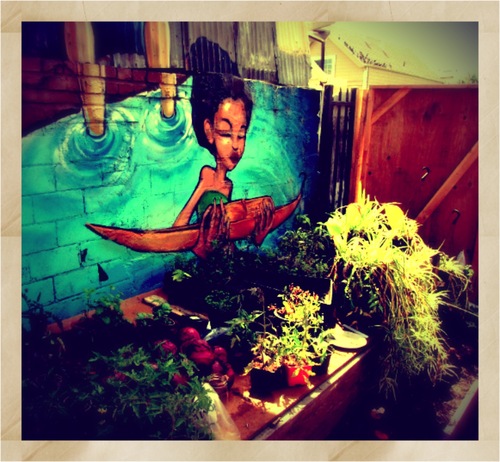
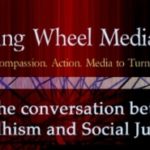

 I
have started a new webpage as a way to discuss issues that you, the
reader, would like to discuss. I have started off with some questions
that I frequently am asked. I will provide my thoughts on these
questions, once per week. Please
I
have started a new webpage as a way to discuss issues that you, the
reader, would like to discuss. I have started off with some questions
that I frequently am asked. I will provide my thoughts on these
questions, once per week. Please 
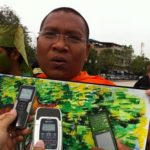




 Do Buddhas Cry?
Do Buddhas Cry?